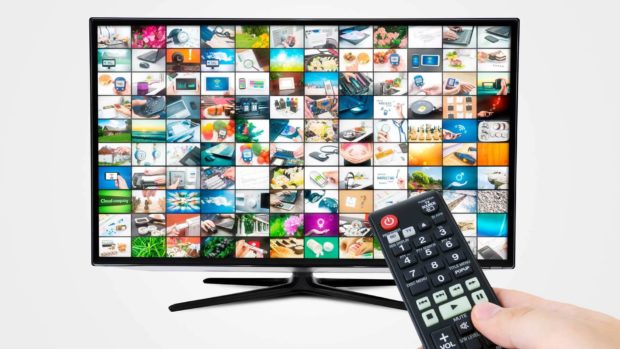
There are over 6,500 different cryptocurrencies, all varying in size of market capitalisation, which have different followings and trading volumes. Some of these are meme coins which have a supporting business model flimsier than a house of cards. But the vast majority are new technologies being created that will disrupt practically everything we know.
There’s a plethora of blockchain based companies and initiatives springing up which are focused on bringing the technology to the digital advertising market, yet while some sectors have embraced cryptocurrency with open arms, for the media and advertising sectors cryptocurrency is relatively untouched.
IBM is one company which is spearheading many of the key initiatives. It has partnered with MediaOcean to bring a blockchain solution to market with a view of delivering universal supply chain transparency. Alongside other acquisitions such as Flashtalking and 4C and current media systems and automation capabilities, MediaOcean looks primed to bring everything together in a very exciting way for advertisers and agencies alike.
So why up until now has cryptocurrency not been used in the media and advertising? We trade in dollars, impressions, and eyes on a screen. None of these things sit on a blockchain yet. Yet there are issues, particularly in the digital space, which might benefit from a blockchain-based solution.
We’ve put together a macro view of some of the challenges the media and advertising industries face and how blockchain might address them.
Content monetisation
Probably the single biggest contributor to many of the issues around poor ad experience is how publishers monetise content. In days gone by, a newspaper might sell circa 3.8 million copies per day costing 20p which generated almost £800k in revenue. The Internet brought the notion of free content to the fore which quickly became an advertiser funded model with people designing ever more intrusive formats and charging premium prices for them. We now have regulations in place to limit this, but the experience is still sub-optimal, people are largely ok with the ads/content trade off or can elect to pay for ad-free content if they wish, many don’t.
Because it solves an ownership and copyright problem, blockchain more easily facilitates a micro-payment for content model which is one favoured by younger generations who would rather pay for what they consume rather than pay for a library of content. An ad-funded model can also exist for those unwilling to pay, but the value exchange will support end users being responsible for how much data they want to share, and they will likely receive both the content and some of the data fee (as cryptocurrency) in return, depending on how much is paid. In this model most of the sale of the impression would go to the content creator whether that be a company or a freelancer. Challenger browsers such as Brave are already rewarding people in this way with their Basic Attention Token (BAT).
Ad fraud and trust
The estimated cost of fraud to the industry is expected to increase to $50bn per year by 2025, but in theory much of this could be eliminated or vastly reduced. A blockchain network could prevent bad actors from entering the ecosystem at the same time as validating and legitimising ad placement to only non-fraudulent web traffic and content as well as based on physical location and device.
Measurement
If there’s one thing blockchain is set up for, it’s the verification and storing of data, because we will know who has consented to seeing which ads as well as when they’ve seen them and on which piece of content and subsequently if their wallet address goes on to make a purchase. We’ll know who has opted out and we’ll be able to more readily conduct incrementality analysis. Cross media effectiveness studies should also improve as the vast majority of media will in theory sit on the same blockchain and be internet enabled.
Ad experience
People’s experiences with ads have been poor at times, though companies are making continuous improvements having hit a real low-point with pop-ups and pop-unders in days gone by. We’re regulating relatively well now but there’s still too much clutter. This is one really which should resolve as a biproduct of resolving some of the other challenges. If we aren’t experiencing lots of leakage from the ecosystem related to fraud and if everyone is getting paid their fair share and is happy about the way their data is being used, then overall ad experience will improve. There won’t be the same need to cram as many ad slots into a page as possible to help cover the costs of the journalism.
Whether you believe Cryptocurrency is a fad or not, everything is changing as a result of Web 3.0 and blockchain technology works hand in hand with that.
But for media and advertising, it’s a potential clean slate, a raft of new initiatives and products with a privacy and payment-centric approach with trust at its core. It’s a chance for the industry to right the wrongs of the past and tackle the challenges of the future with more solid foundations and a greater sense of mutual respect for all parties involved, including (and especially) the much-maligned and taken advantage of consumer.
The opportunities are here and they’re ready for us to start taking advantage of them.







Share